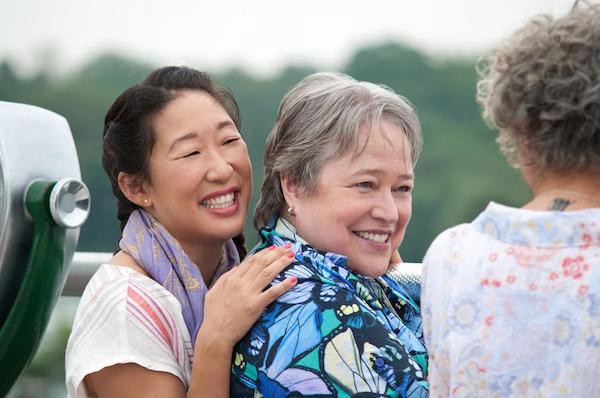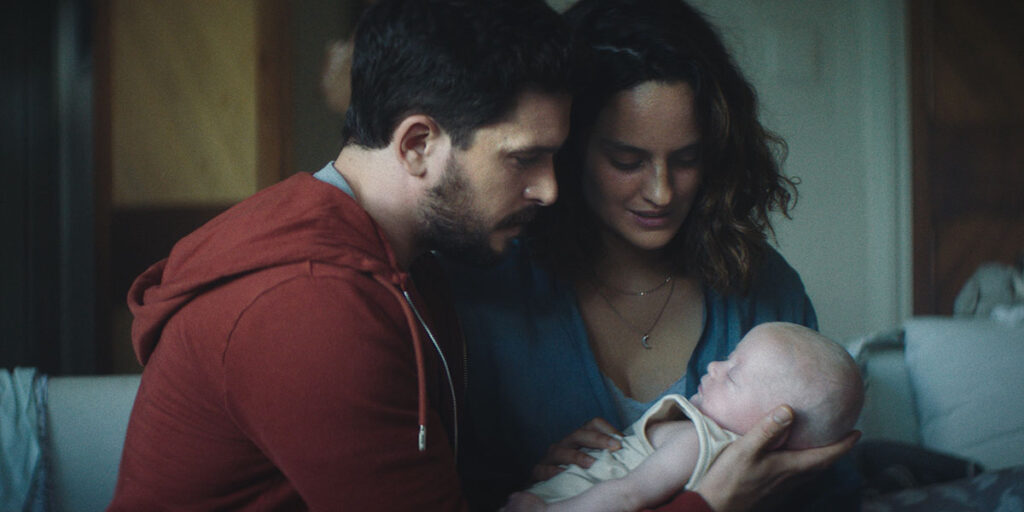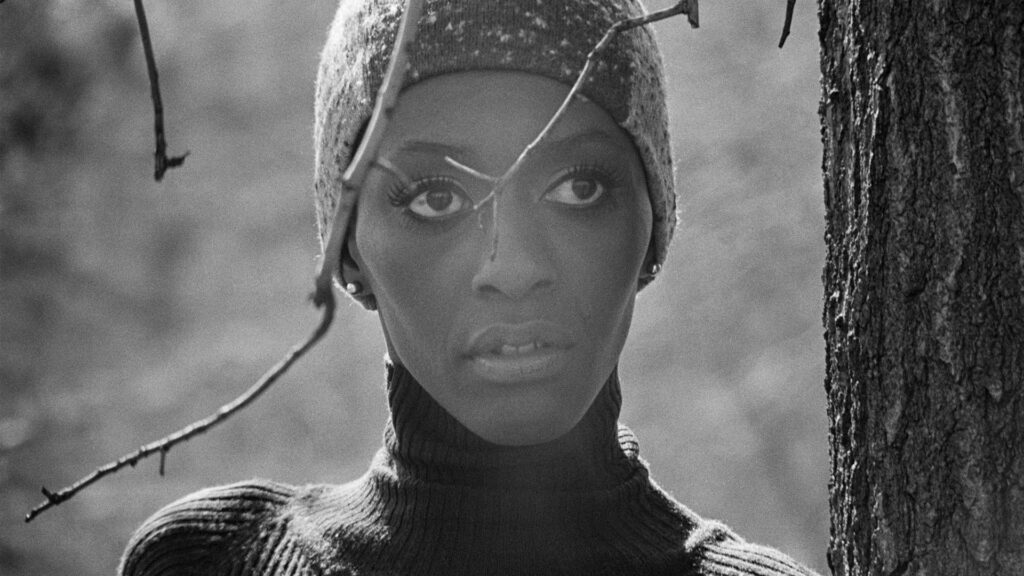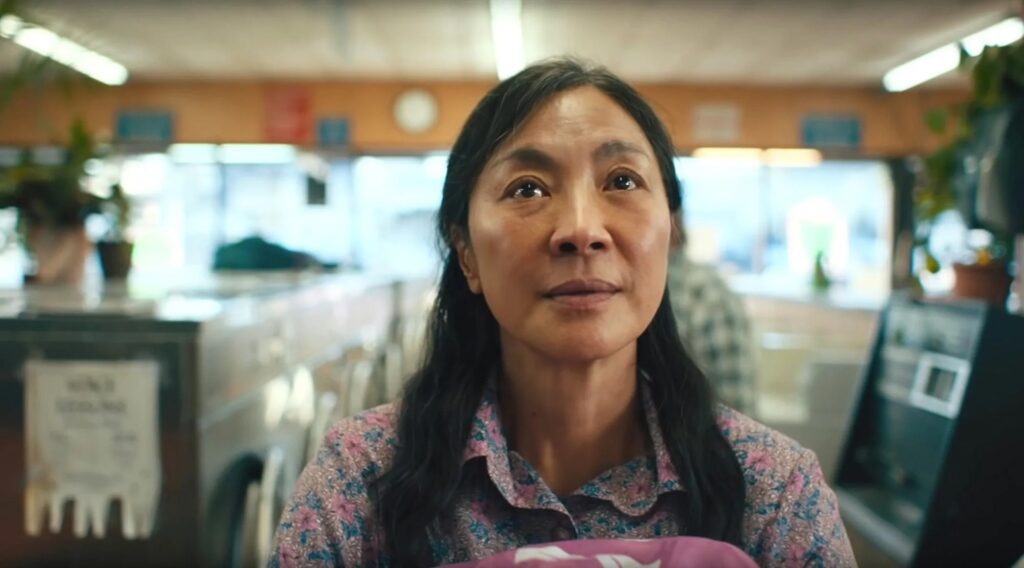Damn, Hollywood, what is it going to take to finally give us some hot girl-on-girl action?
Oh, so now I have your attention? Well, then what I really want to ask is, what will it take to finally give us any films starring women who love women — hot, cold or whatever? Actually you can keep all that pay-per-view crap to yourself.
While lesbian and bisexual women have made significant strides in representation on the small screen, our presence on the big screen continues to disappoint.
GLAAD released its annual Studio Responsibility Index results earlier this month, and things have actually gotten worse — not better — from last year for lesbian and bisexual women.
Of the 114 movies released in 2014 by major studios, only 20 of them, or 17.5 percent, featured characters that could be identified as lesbian, gay or bisexual. (There were, it should be noted, no transgender characters — a big zero.)
Of those inclusive films with queer characters, 65 percent featured gay male characters, 30 percent featured bisexual male or female characters and 10 percent featured lesbian characters. In contrast, in 2013, 23.5 percent of the LGBT-inclusive films featured lesbians.
Drill down into the findings further, and you’ll see five movies with female bisexual characters and only two — yes, two — with lesbian characters. That’s six movies out of the 114 major releases with lesbian or bisexual female characters in all of 2014. That is, to put it mildly, terrible.
Of all 20 queer-inclusive films released last year, GlAAD noted that the Melissa McCarthy comedy “Tammy” was the only one that “feature[d] major characters who were openly and unashamedly depicted as LGBT and cast in a positive light.” The report goes on to note how sad it is that it is noteworthy that the lesbian characters, played by Kathy Bates and Sandra Oh, aren’t just the butt of jokes about their sexual orientation.
The pathetic state of queer female characters in major studio films is particularly baffling given our gains on television. We’re major characters on popular and award-winning shows like “Orange Is the New Black,” “Orphan Black,” “Grey’s Anatomy,” “Pretty Little Liars,” “The Fosters,” “Transparent” and many more.
But when you look at the wider context of women in films, it’s less surprising. A study by the Center for the Study of Women in Television and Film at San Diego State University found that females were only 12 percent of protagonists in the top-grossing films of 2014. Of all the speaking characters — that is, every single character that says a word — in the top-grossing films, only 30 percent were women.
Considering the anemic state of roles for all women, period, the nearly non-existent state of lesbian and bisexual female roles naturally — while infuriatingly — follows suit. But just because it’s easy to add up the unfortunate math of female exclusion in Hollywood films, doesn’t mean that it’s acceptable.
Given the global reach of movies, particularly major studio movies, positive inclusions of lesbian and bisexual characters could go a long way in improving representation and acceptance around the world. Imagine the impact of a queer Katniss Everdeen. Picture the power of a lesbian Lieutenant Uhura. Think of the thrill of a bisexual Princess Leia. Yet somehow making us think she might secretly be into her brother was more acceptable than making her a gay character.
But then, most queer women don’t have to imagine the influence that lesbian and bisexual characters have. We’ve lived it. The irony is, most adult gay women today first saw themselves on screen thanks to a handful of much-loved, little (if also little-known by everyone else) lesbian movies. From “Imagine Me & You” to “But I’m a Cheerleader,” “Desert Hearts” to “D.E.B.S” and so many others, we watched and rewatched and can recite them by heart.
Before lesbian and bisexual female characters populated primetime, we sought out the images ourselves in small indie movies. Perhaps a friend gave us a well-worn VHS, or we ventured out to find an arthouse theater or dared to rent the DVD at the corner shop. Like any underrepresented group, those first flickering reflective images meant more to us than can often be articulated.
Television — while still far from perfect — has begun to embrace the value of our inclusion. Films still lag shamefully behind in their scope of diverse characters. This is not a failure of imagination on the viewers’ part, but of the executives and creative forces behind the camera who fail to see the world as it is.
When the lights go down at the Cineplex, it’s indeed a world of pure imagination we see. One practically devoid of lesbian and bisexual women.
Dorothy Snarker is Women and Hollywood’s queer columnist. She writes at dorothysurrenders.com and is a regular contributor at AfterEllen.com. Also find her @dorothysnarker.







